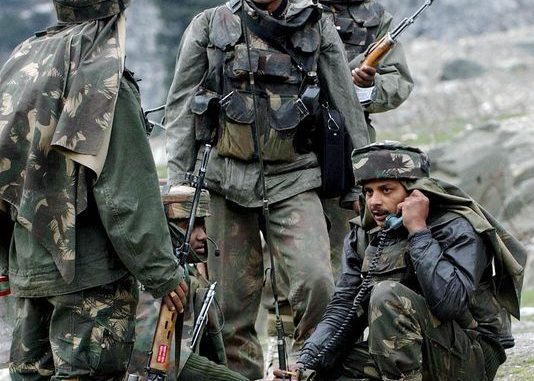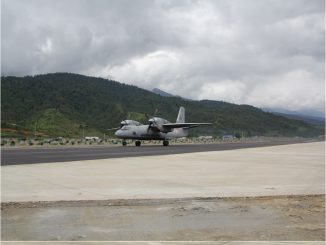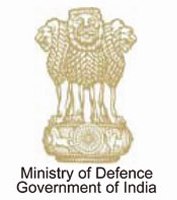
The two consortia competing to provide India’s new battlefield management system (BMS) have submitted their detailed project reports and the Defence Ministry will order prototypes within six months.
The proposed $6 billion system will be built in the “Make in India” category and reserved only for domestic companies. The two development agencies, Tata Power SED with Larsen & Toubro, and state-owned Bharat Electronics with Rolta India, submitted their detailed project reports last month, said a Defence Ministry source.
The reports will be vetted by the Army’s Integrated Project Management Team and the MoD will then issue orders for development of the BMS prototypes within six months, said the MoD source, as effort is made to hasten creation of the system.
The development agencies will choose overseas partners for technical assistance but the tender will only be awarded to the domestic companies under the Make in India category.
Under Make in India, the government funds 80 percent of the prototype development and the development agencies cover the rest. Prototype development is estimated at about $300 million, said an executive of a domestic company participating in the consortium.
After trials of the BMS, final production will be given to a shortlisted agency; it could take up to two years to reach production stage, said the MoD source.
“The pace at which the ambitious BMS program lying on the desk for years has taken off is significant in India’s defense industry,” said Nitin Mehta, a defense analyst.
Once fully developed and proved, battlefield management systems will be critical elements of the Army’s network-centric warfare program and will link infantry level troops on the battlefield to the command headquarters. It will also network ground troops with the various Army command headquarters and integrate all elements in a battlegroup, providing real time tactical scenarios.
The BMS will be able to receive and transmit data, voice and images from multiple sources, including radar, cameras, laser range-finders and ground sensors, allowing the soldier on the battlefield access to real time information simultaneously with the command headquarters.
BMS Prototype
Each BMS prototype will have four variants: for the infantry battalion group, combat group (armor), combat group (mechanized infantry), and special forces group.
Technologies to be included in each prototype include a geographical information system, multisensor data fusion system, rugged computing devices, and a software defined radio-based communication system for soldiers.
The BMS prototypes will be developed and tested in the next 40 months; a final order of 600 plus systems would then be placed for more than $5.8 billion.
A senior executive of one development agency who requested not to be named said, “The challenge in developing a BMS is not on the hardware. With Indian vendors capable of manufacturing the latest state-of-the-art electronics, hardware will not be a challenge, but the challenge will be in deploying such a system. Considering the size of the Indian Army, an efficient command-and-control system is the heart of the system and the biggest stumbling block.”
In February of last year, the Indian Army issued an expression of interest to 14 domestic companies, however only two consortiums, Tata Power SED-Larsen & Toubro, and Bharat Electronics-Rolta India, qualified the bids.
IndianBureaucracy.com wishes the very best .







Leave a Reply
You must be logged in to post a comment.